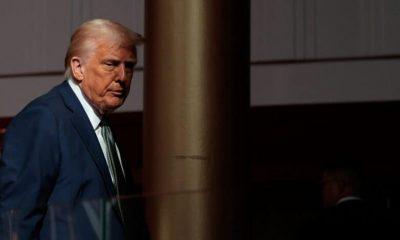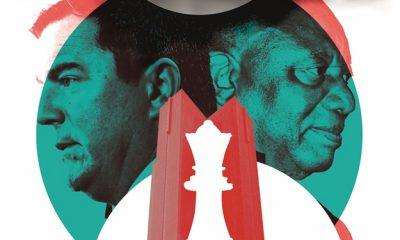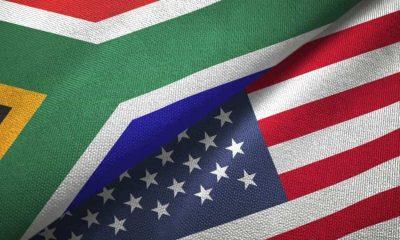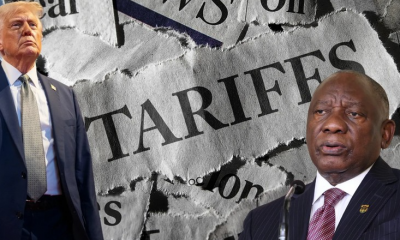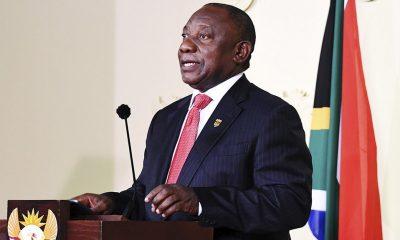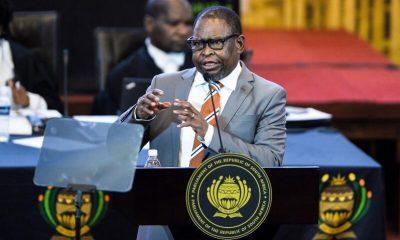Business
Big Banks Slash South Africa’s 2025 Growth Forecast After U.S. Tariffs and VAT Hike
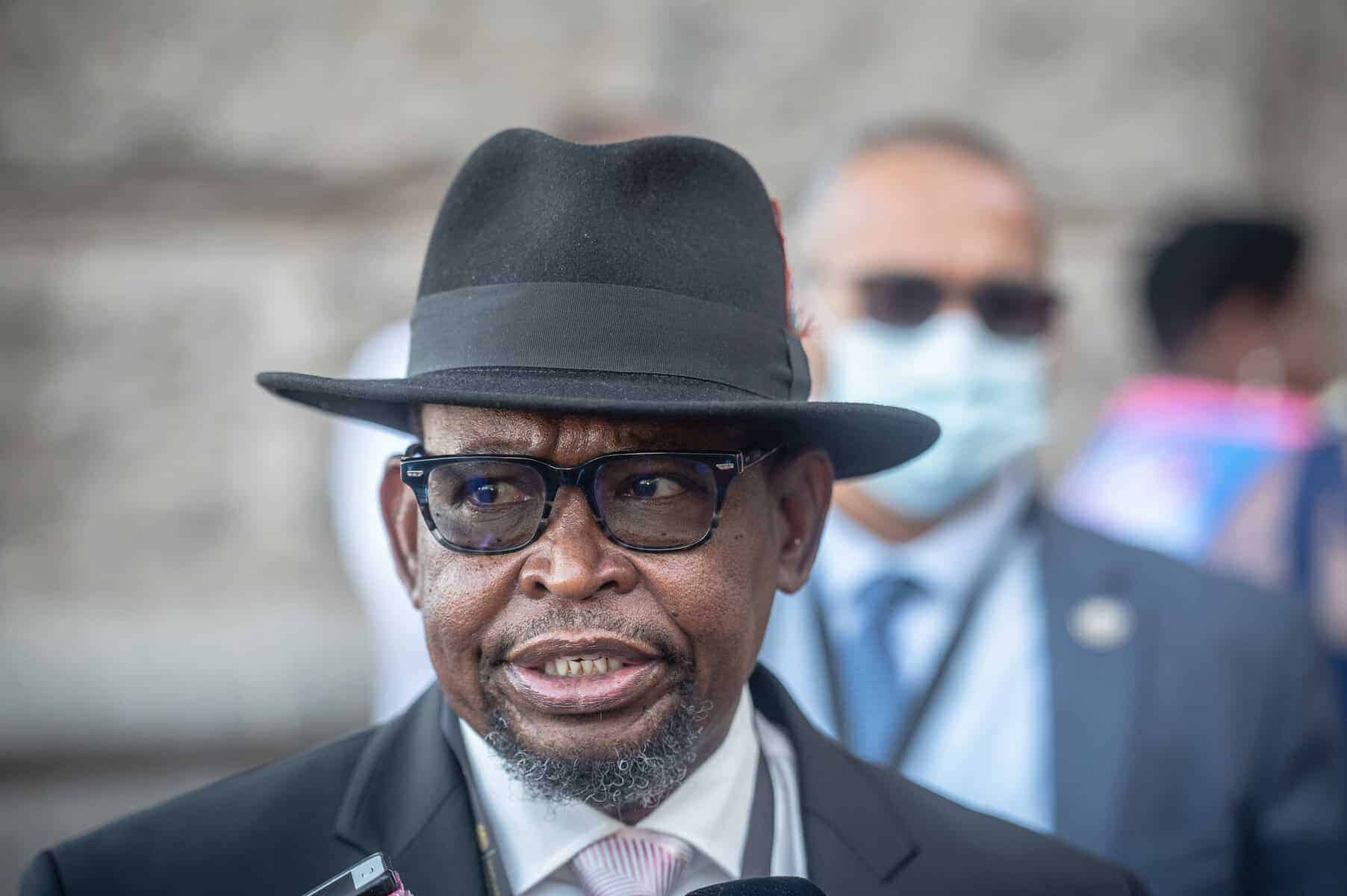
Economists from South Africa’s biggest banks have sharply revised their GDP growth forecasts for 2025 downward, warning that a mix of harsh new U.S. tariffs, rising local taxes, and political uncertainty are dragging the economy into rough waters.
Just weeks after forming a Government of National Unity (GNU), South Africa has hit a wall of global and domestic challenges. The 2025 Budget—passed without the support of the Democratic Alliance (DA)—has sparked tension within the coalition. Meanwhile, a 30% tariff imposed by U.S. President Donald Trump has upended hopes for strong trade with South Africa’s largest export partner.
U.S. Tariffs and AGOA Fallout
The biggest blow came from Washington, where President Trump announced a 30% “reciprocal” tariff on South African goods, citing what he claimed were 60% South African tariffs on U.S. exports. In reality, South Africa’s average tariff on U.S. goods is around 7.5%.
Still, the damage has been done.
With the African Growth and Opportunity Act (AGOA) now effectively dead, South Africa has lost preferential access to American markets—jeopardizing key industries like automotive and agriculture, and pulling the rug out from under GDP growth expectations.
Growth Downgrades: The Numbers
Three of the country’s most prominent banks—FNB, Bank of America, and Investec—have downgraded their growth forecasts:
-
FNB: 1.6% (down from 1.7%)
-
Bank of America: 1.4% (down from 1.6%)
-
Investec: 1.3% (down from 1.8%)
The banks point to higher consumer taxes, a weakening rand, constrained fixed investment, and increasing uncertainty over the GNU’s stability.
FNB: Household Burden, Weak Sentiment
FNB’s economists said they adjusted their projections to reflect the economic drag from the VAT increase and “bracket creep” on personal income tax. These factors, combined with a softer external environment and reduced consumer confidence, have pushed their GDP outlook down to 1.6% for 2025.
They also noted that while private sector investment was expected to recover, it would be constrained by continued policy uncertainty and weak investor sentiment.
Bank of America: GNU Uncertainty Weighs
Bank of America, which maintains a research and support presence in South Africa, was even more downbeat. Its 1.4% forecast reflects concerns over global headwinds and the domestic political situation.
Chief Africa Economist Tatonga Rusike flagged the DA’s refusal to support the budget as a red flag, suggesting instability in the GNU could weaken investor confidence.
Still, Rusike noted that smaller parties could help sustain the GNU even if the DA exits—though this would do little to restore the credibility of South Africa’s coalition government abroad.
Investec: Trade Blow Hits the Hardest
Investec issued the sharpest downgrade, slashing its 2025 growth forecast to 1.3%.
Chief Economist Annabel Bishop said the new U.S. tariffs and the effective loss of AGOA would severely hurt South Africa’s exports—particularly in the vehicle and agricultural sectors.
“The demand for South African goods will decline, and the political instability is already weakening the rand,” Bishop said.
Still, she believes the DA is unlikely to leave the GNU entirely, given the stakes for both economic reform and national unity.
Dark Clouds After a Glimmer of Hope
South Africa’s economy grew by just 0.7% in 2023 and 2024, well below the 1.5% population growth rate. While the Presidency had targeted 3% growth in 2025 through structural reforms, the odds are now stacked against that goal.
The VAT hike, tax increases, trade fallout, and a wobbly political arrangement are all combining to slow the country’s path to recovery.
Economists caution that unless real reforms are accelerated and relations with global partners—especially the U.S.—are repaired, South Africa may remain stuck in a low-growth trap.
{Source BusinessTech}
Follow Joburg ETC on Facebook, Twitter , TikTok and Instagram
For more News in Johannesburg, visit joburgetc.com

